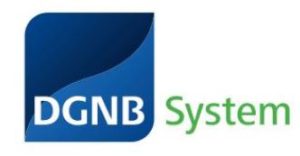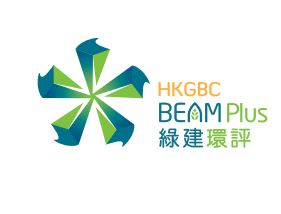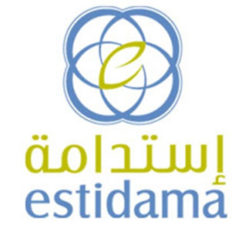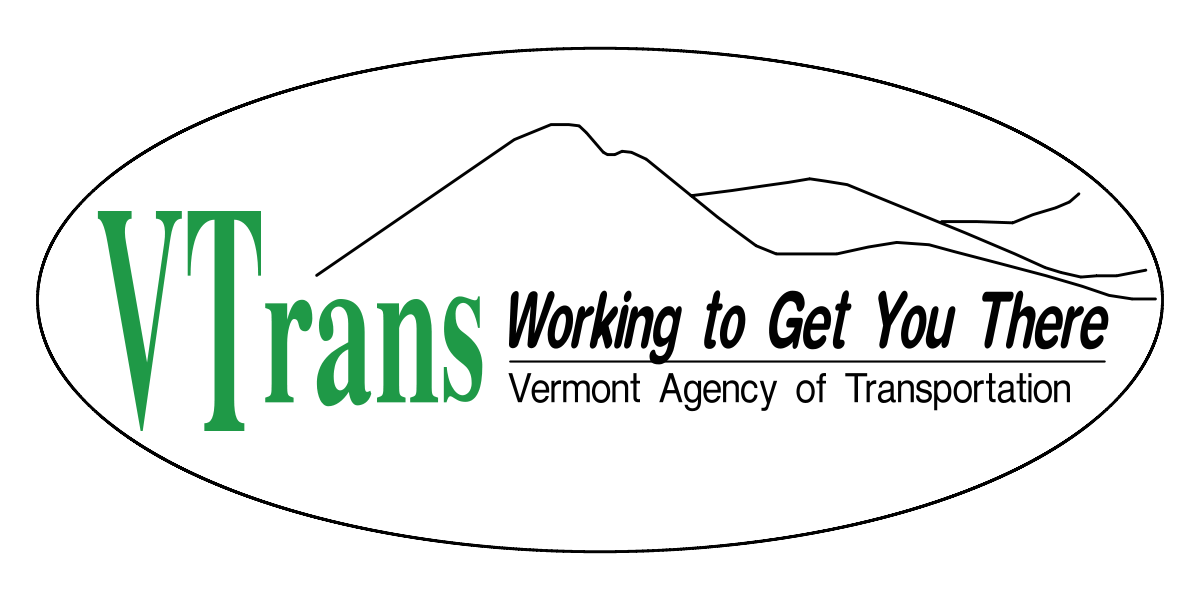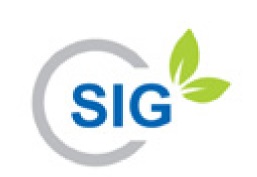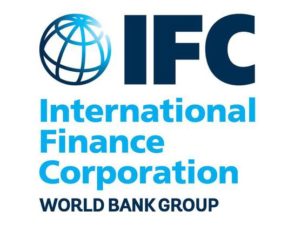
EDGE is a tool to estimate the resource use of buildings already during the planning phase and awards projects that save resources. The cloud-based platform has a sophisticated set of city-based climate and cost data, consumption patterns and algorithms for predicting the most accurate performance results. On this basis, the tool calculates additional costs to build green and how long it takes to earn back the money through operational savings. With EDGE, the IFC aims to deliver a solution to prove the business case for building green and unlock financial investment. Based on the performance, buildings can receive a certification.
Lifecycle Phase(s): Concept DesignTechnical experts broadly outline the project’s basic characteristics., Detailed DesignTechnical experts further elaborate the Concept Design., ConstructionThe asset is constructed in line with design, budget and timeline., Operation and MaintenanceInfrastructure assets are managed and maintained during their use time.
Type(s) of Tool: Rating SystemsProvide quantifiable sustainability ratings and / or certification for projects or assets.

